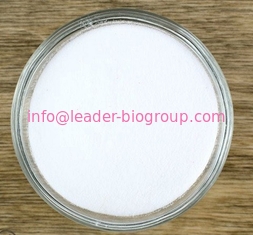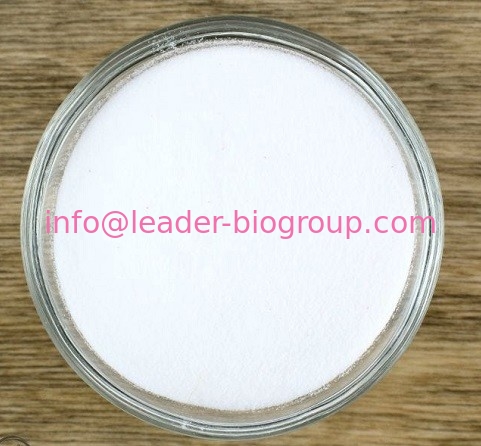
China biggest Manufacturer Factory Supply Di-Tert-Butyl Dicarbonate CAS 24424-99-5
-
Purity99.9%
-
UseHealth Care
-
OriginChina
-
Package25KG/Bucket
-
ManufacturerXI'AN LEADER BIOCHEMICAL ENGINEERING CO.,LTD
-
Place of OriginCHINA
-
Brand Nameinfo@leader-biogroup.com
-
CertificationISO,GMP,SGS,HALA,KOSER,HACCP
-
Model NumberLD
-
Minimum Order Quantity25KG
-
PriceNegotiate Depend on order quantity
-
Packaging Details25KG/Bucket
-
Delivery Time2-3 working days
-
Payment TermsWestern Union, MoneyGram, T/T, L/C
-
Supply Ability10MTS/Month
China biggest Manufacturer Factory Supply Di-Tert-Butyl Dicarbonate CAS 24424-99-5
Inquiry email: info@leader-biogroup.com
Hot Line +86-029-68895030
+86-029-68569961
+86-029-68569962
Fax +86-029-68895030
| Di-tert-butyl dicarbonate Chemical Properties |
| Melting point | 23 °C (lit.) |
| Boiling point | 56-57 °C/0.5 mmHg (lit.) |
| density | 0.95 g/mL at 25 °C (lit.) |
| vapor pressure | 3.85Pa at 25℃ |
| refractive index | n |
| Fp | 99 °F |
| storage temp. | 2-8°C |
| solubility | Chloroform (Sparingly), Methanol (Slightly) |
| form | Low Melting Crystalline Solid |
| color | White |
| Specific Gravity | 0.950 |
| Water Solubility | Miscible with decalin, toluene, carbon tetrachloride,. Immiscible with water. |
| Sensitive | Moisture Sensitive |
| BRN | 1911173 |
| Stability: | Acid Sensitive |
| InChIKey | DYHSDKLCOJIUFX-UHFFFAOYSA-N |
| LogP | 1.87 at 25℃ |
| CAS DataBase Reference | 24424-99-5(CAS DataBase Reference) |
